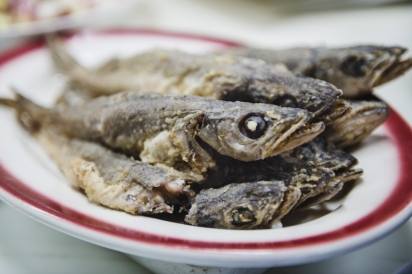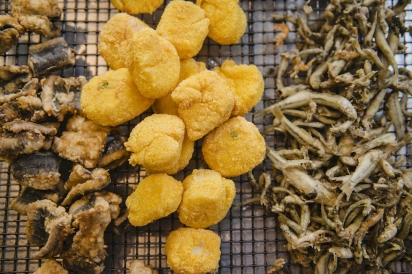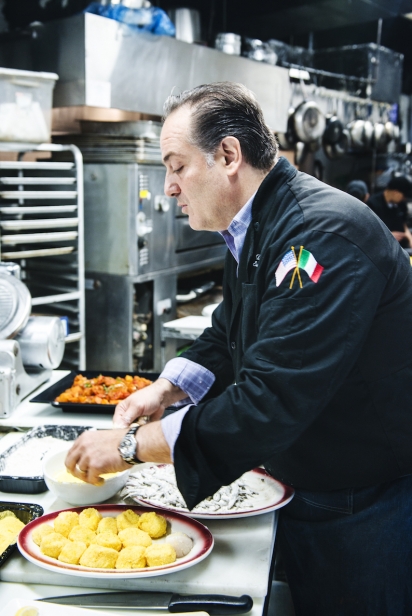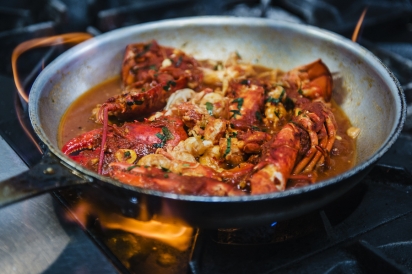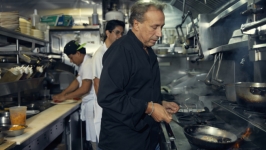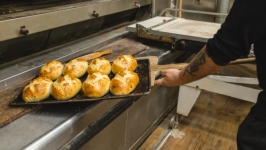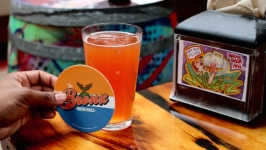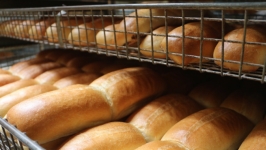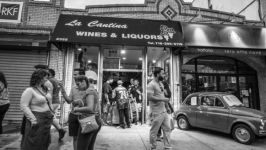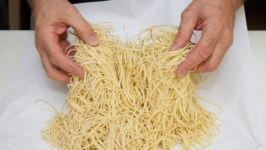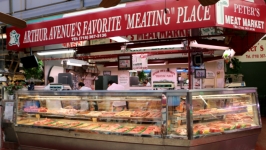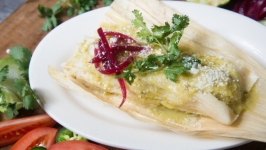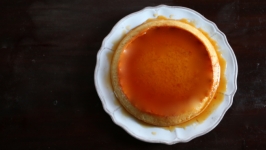The History Behind the Tradition
Families around the globe celebrate the holidays with food. Whether it’s going to a favorite restaurant or making a traditional meal, the holidays are a time to enjoy with family and friends at a shared table. That’s especially true for the Italian American families and their beloved “Feast of the Seven Fishes.”
Ask any native of Italy about the feast, and they’re likely to tell you that it doesn’t exist—at least not the same incarnation as its Italian American cousin. Varying greatly from region to region throughout Southern Italy, the Christmas Eve celebration called La Vigilia di Natale is a feast that represents the prized food available in that area, often planned weeks in advance. It honors the meatless fast decreed by the Catholic Church held until Christmas Day. The meal varies in the quantity of fish, methods of preparations, and seasonings from region to region.
In Naples, there is a tradition of frying small fish and shellfish with a sprinkle of salt and a drizzle of fresh lemon juice. They also enjoy classic pasta dishes that are pure and vibrant like Spaghetti Alle Vongole, a simple pasta dish with fresh clams, garlic, and white wine. Moving south a bit to Calabria, where the flavors tend to be bold and fiery, think of things like grilled octopus with citrus, mint, and chilies. Or swordfish in the “Glutton Style” with capers, tomatoes, fennel, and oregano. Sicilian flavors can vary from the typical Mediterranean profile to a North African influence; common dishes include fried artichokes with anchovies and baked baccalà with golden raisins, tomatoes, potatoes, and capers.
In America, the formula is simple—seven different fish-based dishes—but its history and modern interpretations are so much more complicated. Italian-American food folklore is unclear on how the number seven made its way into the tradition of La Vigilia. One theory is that seven is the most repeated number in the Bible; another references the Book of Genesis and the seven days of God’s work. There are seven sacraments of the Roman Catholic Church, seven hills surrounding the city of Rome and seven deadly sins.
The recipes and traditions followed immigrant families as they came to the U.S. around the turn of the 19th century. While there are no hard-and-fast rules on what exactly has to be featured, there are a few constants when hosting a traditional American feast. First, there should be at least seven dishes, but there may be more. Second, fish options may include but are not limited to, baccalà, shellfish, calamari, and smelt. The recipes vary considerably family to family and are ideally based on what’s available in the local market.
Regardless of origin and ingredients, the purpose of the feast remains the same: to celebrate the holidays with family.
To get a take on Feast traditions, both new and old, we visited Arthur Avenue in Belmont, a place where it’s not uncommon to hear shop owners speaking Italian, or see cheese and cured meats hanging in shop windows. It is truly a magical land of Italian food.
Mike’s Deli in the Arthur Avenue Retail Market is a Bronx staple; they’ve been serving up Italian specialties since the 1940s, and owner David Greco is no stranger to the feast. Greco grew up helping his family prepare the meal, but the traditions looked different years ago than they do now. His family in Italy would celebrate some variation of the feast, but since they weren’t well off, they had to save money to buy fish because “it was important to have fish on Christmas.”
Greco’s family, like many other Italian Americans, are tied to the customs and recipes from the Old Country, as well as the adaptation of American ingredients and flavors. For example, “Grandma used to love tartar sauce,” he said, “but she’d never do a pesto-based mayo like we do.” This update is how Greco likes to pass his traditions-with-a-twist on to other folks looking to make this on their own. “People want to have these large meals and traditions but they either don’t want to do the work, or they don’t know what to do.”
Some families come with ideas and seek Greco’s guidance; others simply order a complete feast from Mike’s Deli. He encourages people to try new foods and think outside the box. Keeping the Feast ritual alive in the Bronx is as much about working with his long-standing customers as it is about introducing new families to this Italian American tradition.
In Greco’s house and at Mike’s Deli you can get a lineup of dishes you’d expect to see on the table, but he also likes to add some new classics to his menu. His “base” seven "fishes" are eel, shrimp, scallops, calamari, baccalà, smelt, and fresh cod. In the Bronx, he gets most of his fish from Cosenza’s, a fish market on Arthur Avenue, because “of the high quality of fish and personality of the owners.”
For Greco’s family, each of these fish is breaded and fried, using different coatings, adding a unique flavor and texture to each dish. He serves them with a classic American tartar sauce, Greco’s special sauce (a combination of mayo, mustard and calabrese peppers), and a Greco twist balsamic or pesto mayo.
His “show pieces” offer more variation, allowing his creativity to flow with different types of seafood. Mussels or Lobster Fra Diavolo provide a spicy antidote to the fried foods, along with a pasta dish and Insalata di Mare, made with octopus, shrimp, and calamari in a fresh lemon dressing. Lastly, a Feast at The Greco house would not be complete without his grandmother’s more traditional specialties: Baccalà Napoletano (salt cod in tomato sauce) and Clams Oreganata (baked clams with breadcrumbs and herbs).
Whether you decide to take on the Feast and make a grandiose meal for your family or chose only to make a dish or two, remember: It doesn’t really matter how many fish you eat, as long as you’re eating with your family. Buona Natale!



